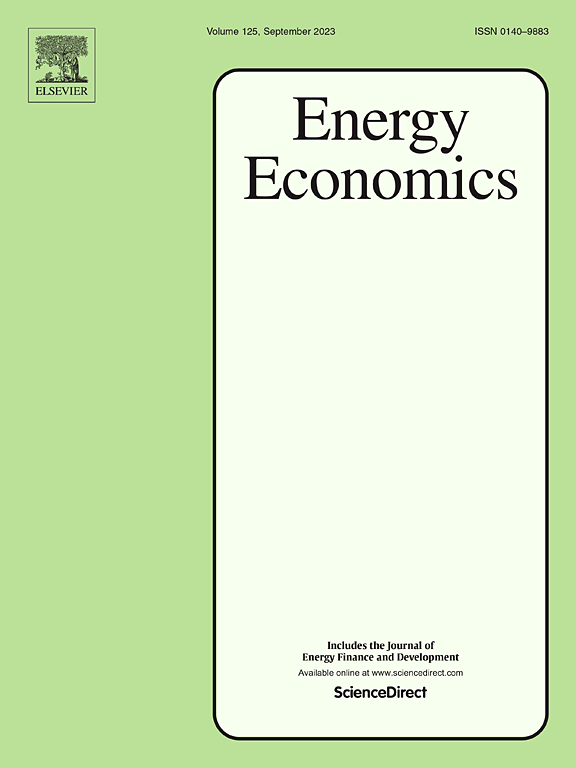碳排放标度的基本原理:对行业同行比较和碳效率指数的影响
IF 14.2
2区 经济学
Q1 ECONOMICS
引用次数: 0
摘要
我们表明,用于评估企业排放效率的碳强度指标,因用于衡量排放规模的财务指标而有显著差异。这种变化——由行业内利润率、资产和劳动力利用率以及估值倍数的差异所驱动——导致了企业相对于同行的碳强度排名的重大调整。在市场层面上,尺度变量的选择决定了碳效率指数的构成,该指数在每个行业中对碳强度较低(较高)的企业进行加重(减重)。虽然碳效率指数提供的回报与标准市场指数相当,但它们在碳足迹和交易成本方面有所不同。以市值或企业价值为尺度的指数,通过对估值倍数较高但营业额较高的低排放企业加码,实现了较低的碳足迹。这些发现强调了尺度变量选择在碳效率比较中的关键作用,并强调了关注排放的投资者在碳节约和交易成本之间的权衡。本文章由计算机程序翻译,如有差异,请以英文原文为准。
Fundamentals of carbon emissions scaling: Implications for sector peer comparisons and carbon efficient indexing
We show that carbon intensity metrics, used to assess emissions efficiency across firms, vary significantly depending on the financial metric used to scale emissions. This variation—driven by within-sector differences in profit margins, asset and labor utilization, and valuation multiples—results in substantial reshuffling of firms' carbon intensity rankings relative to their peers. At the market level, the choice of scaling variable shapes the composition of carbon-efficient indices, which overweight (underweight) firms with lower (higher) carbon intensity within each sector. While carbon-efficient indices deliver returns comparable to the standard market index, they differ in carbon footprints and transaction costs. Indices scaled by market cap or enterprise value achieve lower carbon footprints by overweighting lower-emitting firms with higher valuation multiples but exhibit higher turnover. These findings underscore the critical role of scaling variable selection in carbon efficiency comparisons and highlight a tradeoff between carbon savings and transaction costs for emissions-focused investors.
求助全文
通过发布文献求助,成功后即可免费获取论文全文。
去求助
来源期刊

Energy Economics
ECONOMICS-
CiteScore
18.60
自引率
12.50%
发文量
524
期刊介绍:
Energy Economics is a field journal that focuses on energy economics and energy finance. It covers various themes including the exploitation, conversion, and use of energy, markets for energy commodities and derivatives, regulation and taxation, forecasting, environment and climate, international trade, development, and monetary policy. The journal welcomes contributions that utilize diverse methods such as experiments, surveys, econometrics, decomposition, simulation models, equilibrium models, optimization models, and analytical models. It publishes a combination of papers employing different methods to explore a wide range of topics. The journal's replication policy encourages the submission of replication studies, wherein researchers reproduce and extend the key results of original studies while explaining any differences. Energy Economics is indexed and abstracted in several databases including Environmental Abstracts, Fuel and Energy Abstracts, Social Sciences Citation Index, GEOBASE, Social & Behavioral Sciences, Journal of Economic Literature, INSPEC, and more.
 求助内容:
求助内容: 应助结果提醒方式:
应助结果提醒方式:


